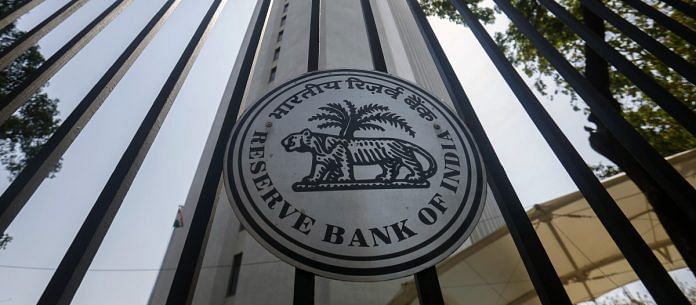There is need for a broader action plan, involving various government bodies, to fight the NPA crisis in banking sector.
India’s banking sector remains beyond the crisis point. The latest Financial Stability Report by the Reserve Bank of India (RBI) estimates that bad loans make up nearly 13 per cent of all lending – a number that continues to worsen.
However, despite the RBI’s efforts to stem the NPA tide, the central bank alone cannot solve this crisis. Government decisions independent of the banking sector often have downstream effects in worsening the non-performing assets (NPA) crisis.
Commentators have repeatedly discussed recapitalising banks yet again, or creation of a single, state-owned “bad bank” or an asset reconstruction company that controls all the NPAs. The idea of merging healthy banks with those that have high levels of NPAs has been discussed as well. However, the government needs to look at crucial long-term reforms before any of these solutions can truly solve the problem.
Also read: Is India’s successful growth story the reason behind it’s banking crisis?
A “whole of government” approach is needed to address India’s banking crisis. While much of the debate has revolved around the powers of the RBI, steps taken by other arms of the government will play an important role in overcoming this loan crisis.
The NPA crisis today
The NPA crisis can be traced back to the high growth of 2006-2008, when the optimism over GDP growth of above 9 per cent led companies to borrow heavily and banks to accept higher leverage. Politically-connected promoters of projects had significant power over the banks, who often hid NPAs in their books by marking them as restructured loans.
The crisis worsened as a result of the 2008 financial crises, the cancellation of coal mine allocations, project delays, and a series of bank frauds and corruption scandals. Today, 15.6 per cent of the loans by government-owned banks are marked as non-performing, and this ratio could increase to 17.3 per cent by March 2019 as underlying assets weaken over the next year.
The RBI undertook several measures to remedy the situation, including introducing schemes for debt restructuring, initiating an Asset Quality Review, and creating mechanism that resembled “out-of-court bankruptcy”. These efforts culminated in a 12 February 2018 circular by the RBI that granted banks the power to initiate insolvency proceedings and set a timeline of 180 days to formulate plans for a resolution.
The circular targeted high-NPA sectors, such as the power sector, which challenged implementation of the circular in the Allahabad High Court. Indeed, the 37th Report of the Parliamentary Standing Committee on Energy outlines 34 stressed power projects with a total capacity of 40,130 megawatts (MW) that owe an outstanding debt of Rs 1.74 lakh crore ($24 billion), underscoring the severity of NPAs in the sector.
The path forward
The government needs to recognise how its decisions independent of the banking sector can adversely impact NPAs in certain sectors and address the impact of those decisions to check the crisis.
For example, in the power sector, mandated renewable purchase obligations (RPOs) for state power utilities, forcing them to prioritise renewable sources, affect the performance of non-renewable projects.
Also read: Bad debts & NPA have declined while loan recovery has picked up- FM Jaitley
NPAs in the power sector suffer further when banks lend to renewable projects based on these RPOs, and the states fail to comply with them, as noted in the most recent conference between power ministers of the states and the Centre.
Ensuring time-bound evaluation process to assess the viability of projects can help shield banks from ministry decisions that could give rise to NPAs as a secondary effect. The need for such a process has already manifested in the power sector, where revival of projects has been extremely slow, leading to nearly 66 gigawatts of power facing financial stress.
The government also needs to ensure a rapid resolution of recognised NPAs. The passage of the Insolvency and Bankruptcy Code (IBC) in 2016 was a welcome first step, but the government must now ensure there are no delays in the timeframe outlined by the law. The government also needs to seriously consider the Nayak Committee’s recommendations reviewing the governance of boards of banks. While the government has created the Banks Board Bureau, deeper reforms such as setting up of a state-owned Bank Investment Company under the Companies Act for PSBs, or fully moving the selection of bank chairpersons to the Banks Board Bureau, have not yet been implemented.
India’s PSBs are already in a dire situation, with NPAs amounting to nearly one-eighth of the total loans. There is clearly a need for a broader action plan, involving a wider array of government bodies and not just the RBI, to fight the NPA crisis ailing the banking sector.
Also read: In Narendra Modi govt’s final year, distressed assets and bad loans ail banking sector
The government should craft a plan that recognises the full impact of decisions taken by various ministries on the banking sector as it considers solutions such as recapitalisation, mergers, or a “bad bank”.
The author is research associate, Wadhwani Chair in US-India Policy Studies at Center for Strategic and International Studies. He tweets @amanthakker



